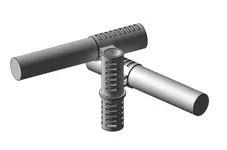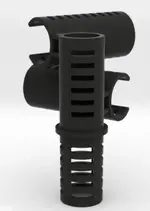M
Marais
New member
Hello,
After years of recording with MAJOR labels (a dozen with Universal) https://a2violes.wordpress.com/discographie-de-lensemble-a-2-violes-esgales/
I finally bit the bullet as we're in 2015 and I'm very computer literate.
The result was my first "home made" album recorded by my nephew a sound engineer and edited by me myself and I.
It has already been selected by amazon.com as a "hot new release" for the last few days! Amazon.com Hot New Releases: The best-selling new & future releases in Early Music
This has therefore confirmed to me what I always suspected :
1 - The record companies rip us off (we need to sell 5000 albums before we collect maximum 8% royalties)
2 - Cross fades although proposed by my sound engineering friends as something only the happy few can understand and master are not complicated and editing easier than Microsoft Word
*To GET TO THE QUESTION*
As a professional classical performer (viola da gambist) what could you recommend as a good set of microphones (not the most expensive) to record more albums like the amazon.com at home?
I have tons of computers would it be necessary also to invest in a sound card?
Thank you all for any suggestions!
Jonathan Dunford, Paris
After years of recording with MAJOR labels (a dozen with Universal) https://a2violes.wordpress.com/discographie-de-lensemble-a-2-violes-esgales/
I finally bit the bullet as we're in 2015 and I'm very computer literate.
The result was my first "home made" album recorded by my nephew a sound engineer and edited by me myself and I.
It has already been selected by amazon.com as a "hot new release" for the last few days! Amazon.com Hot New Releases: The best-selling new & future releases in Early Music
This has therefore confirmed to me what I always suspected :
1 - The record companies rip us off (we need to sell 5000 albums before we collect maximum 8% royalties)
2 - Cross fades although proposed by my sound engineering friends as something only the happy few can understand and master are not complicated and editing easier than Microsoft Word
*To GET TO THE QUESTION*
As a professional classical performer (viola da gambist) what could you recommend as a good set of microphones (not the most expensive) to record more albums like the amazon.com at home?
I have tons of computers would it be necessary also to invest in a sound card?
Thank you all for any suggestions!
Jonathan Dunford, Paris
Last edited:



